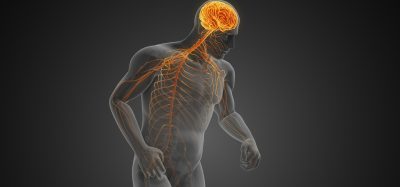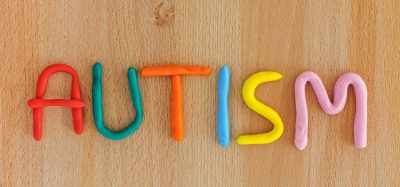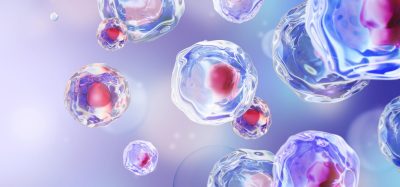Study links nutrients, brain structure, cognition in healthy aging
Posted: 1 May 2023 | Izzy Wood (Drug Target Review) | No comments yet
US researchers found that nutrient intake, brain structure and cognitive function contribute to healthier brains in aging adults, by looking at correlating blood markers.


In a new study, scientists from the University of Illinois Urbana-Champaign, US, explored the links between three measures known to independently predict healthy aging: nutrient intake, brain structure and cognitive function. Their analysis adds to the evidence that these factors jointly contribute to brain health in older adults.
Reported in the Journal of Nutrition, the study found that blood markers of two saturated fatty acids, along with certain omega-6, -7 and -9 fatty acids, correlated with better scores on tests of memory and with larger brain structures in the frontal, temporal, parietal and insular cortices.
“Our findings reveal that we can use nutrient biomarkers, cognitive tests and MRI measures of brain structure to account for much of the variation in healthy aging,” said Aron Barbey, Professor of Psychology, Bioengineering and Neuroscience at the University of Illinois Urbana-Champaign, who led the study.
“This allows us to better understand how nutrition contributes to health, aging and disease,”
The researchers collected data from 111 healthy older adults with MRI structural scans, blood-based biomarkers of 52 dietary nutrients and cognitive performance on tests of memory and intelligence. By combining these measures using a data-fusion approach, the team found associations between dozens of features that appear to work in tandem to promote brain and cognitive health in older adults.
Data-fusion allows researchers to look across multiple data sets to map traits or features that have common patterns of variability, said Talukdar, who tailored this method to incorporate the nutrition, cognition and brain volumetric data.
“We were looking at relationships among all of these together,” Barbey explained. “This allows us to identify certain features that cluster together, by overcoming some of the limitations of analysing individual factors”.
The most obvious features that clustered together in the new analysis involved the size of grey-matter volumes in the frontal, temporal and parietal cortices; performance on tests of auditory memory and short- and long-term memory; and blood markers related to consumption of monounsaturated and polyunsaturated fatty acids. Study participants who scored higher on the memory tests tended to have larger grey-matter volumes and higher levels of markers of omega-6, -7 and -9 fatty acids in their blood. Those who did more poorly on the cognitive tests also had smaller grey-matter volumes in those brain regions and lower levels of those dietary markers, the analysis revealed.
While the study only reveals associations between these factors and does not prove that dietary habits directly promote brain health, it adds to the evidence that nutrition is a key player in healthy aging, the researchers said.
“Our work motivates a more comprehensive picture of healthy aging,” concluded co-author, Chris Zwilling. This gives insight into the importance of diet and nutrition and the value of data-fusion methods for studying their contributions to adult development and the neuroscience of aging.”
Related topics
Biomarkers, Imaging, Neurosciences
Related organisations
University of Illinois Urbana-Champaign
Related people
Aron Barbey, Chris Zwilling








